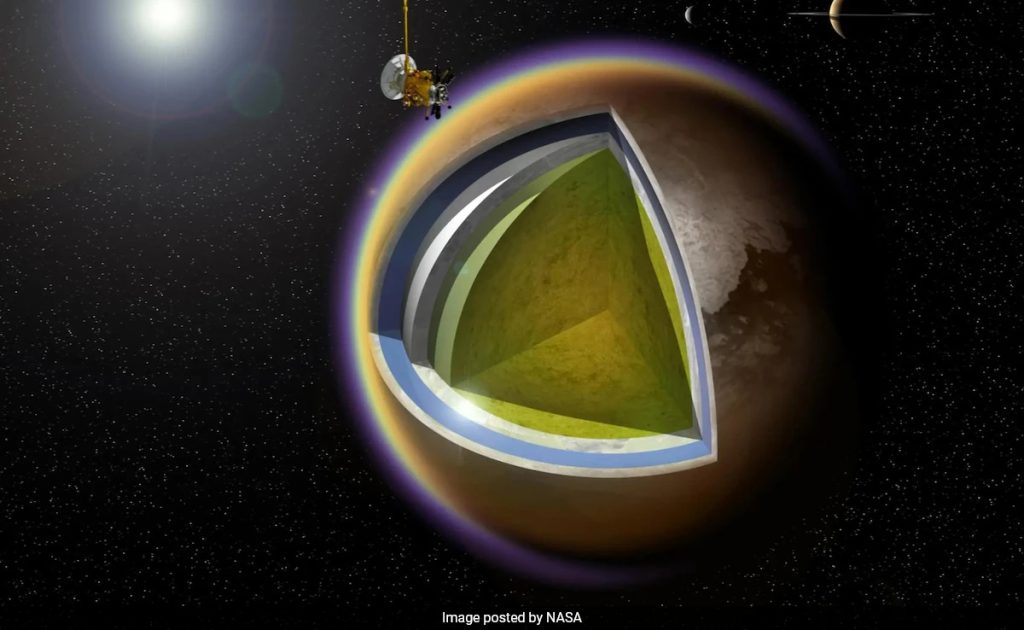Earth isn’t the only planet in the solar system with rivers, lakes, and oceans. Saturn’s largest moon, Titan, also has these features, but they are made of liquid hydrocarbons such as ethane and methane rather than water. Titan has hundreds of times more liquid hydrocarbons than the known oil and natural gas reserves on Earth. New Scientist report.
A new paper published in Nature Communications The study provides further details about Titan’s unusual water bodies, including waves, currents, estuaries, and channels. The study draws on archived data from NASA’s Cassini spacecraft, which orbited Saturn from 2004 to 2017, and in 2005, the Huygens probe sent back the first images of Titan’s surface, revealing ancient, dry coastlines and rivers of methane.
NASA is preparing to launch its Dragonfly spacecraft to Titan in 2027, and getting more information about Titan’s waters will help plan the mission.
Titan is the most similar to Earth we know, with an atmosphere (98% nitrogen, 2% methane), rain, ice, lakes, oceans, valleys, mountain ranges, plateaus, and sand dunes. Its terrain is dominated by vast dune fields, plains, and polar regions, with vast oceans and liquid hydrocarbon lakes. Titan’s surface temperature is about -290 degrees Fahrenheit (-179 degrees Celsius) and its gravity is 14% of Earth’s. Titan receives only 1% of the sunlight that Earth receives.
Titan is very different from Earth, but aerial photographs and radar images show that flows of liquid methane give its surface an Earth-like shape.
Titan’s small lakes are more than 300 feet deep and over 10 miles wide, nestled atop hills and plateaus. A new study of three of Titan’s polar oceans (Kraken, Ligeia, and Punga Mare) using Cassini radar data is revealing more about these alien oceans. The lakes contain varying levels of methane and ethane, and the rivers contain more methane than the oceans. There are also large waves near the coast, estuaries, and channels, suggesting the presence of tidal currents.
Previous studies have shown that while Titan’s rivers don’t carry the volumes of water or sediment needed to form deltas, they do behave more like wide, fast-flowing rivers on Earth, such as the Mississippi.
NASA’s Dragonfly mission is scheduled to arrive at Titan in 2034 and will last two years. The mission will include a rotorcraft that will fly to a new location every Titan day (16 Earth days) to collect samples of the Moon’s pre-biotic chemistry. It will also search for chemical biosignatures, explore the Moon’s active methane cycle, and study pre-biotic chemistry in both the atmosphere and surface.
“Dragonfly is an ambitious science mission that has engaged a broad community, and we are excited to take the next step in this mission,” said Nicky Fox, associate administrator for the Science Mission Directorate at NASA Headquarters in Washington. “Exploring Titan will push the boundaries of what we can do with rotorcraft outside of Earth.”
Today’s Featured Video
Cheap specials for business school students: What do young people want?


